All Lessons
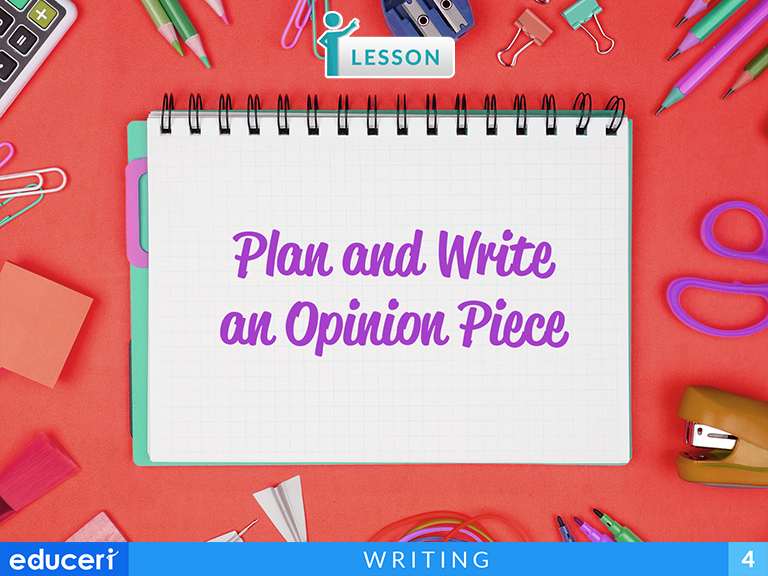
Plan and Write an Opinion Piece
W.4.1 Write opinion pieces on topics or texts, supporting a point of view with reasons and information.
W.4.1.AW.4.1.A Introduce a topic or text clearly, state an opinion, and create an organizational structure in which related ideas are grouped to support the writer's purpose.
W.4.1.BW.4.1.B Provide reasons that are supported by facts and details.
W.4.1.CW.4.1.C Link opinion and reasons using words and phrases (e.g., for instance, in order to, in addition).
W.4.1.DW.4.1.D Provide a concluding statement or section related to the opinion presented.
This writing lesson covers how to plan an opinion piece. The lesson includes research-based strategies and strategic questions that prepare students for assessments. In this lesson, students read the prompt and decide their position about it. Then they organize their ideas in a planning chart by answering questions about their position and three reasons for it.They also restate their position for a summary, and identify the strongest reason to put first.
Share This Lesson
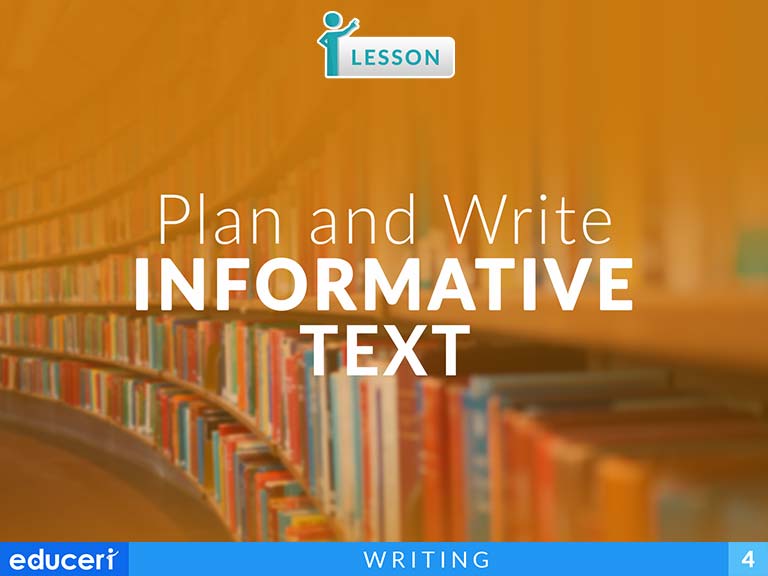
Plan and Write Informative Text
W.4.2 Write informative/explanatory texts to examine a topic and convey ideas and information clearly.
W.4.2.AW.4.2.A Introduce a topic clearly and group related information in paragraphs and sections; include formatting (e.g., headings), illustrations, and multimedia when useful to aiding comprehension.
W.4.2.BW.4.2.B Develop the topic with facts, definitions, concrete details, quotations, or other information and examples related to the topic.
W.4.2.CW.4.2.C Link ideas within categories of information using words and phrases (e.g., another, for example, also, because).
W.4.2.DW.4.2.D Use precise language and domain-specific vocabulary to inform about or explain the topic.
W.4.2.EW.4.2.E Provide a concluding statement or section related to the information or explanation presented.
This writing lesson covers how to plan informative text. The lesson includes research-based strategies and strategic questions that prepare students for assessments. In this lesson, students read the research and identify related information that is needed to complete a graphic organizer. Then they complete the graphic organizer which asks for a topic, three facts and details, and a conclusion. In addition to the lesson, there are four pages of facts and details related to topics for review and organizing.
Share This Lesson

Edit Text for Run-On Sentences
W.4.5 With guidance and support from peers and adults, develop and strengthen writing as needed by planning, revising, and editing. (Editing for conventions should demonstrate command of Language standards 1-3 up to and including grade 4 here.)
L.4.1.FL.4.1.F Produce complete sentences, recognizing and correcting inappropriate fragments and run-ons.*
Share This Lesson
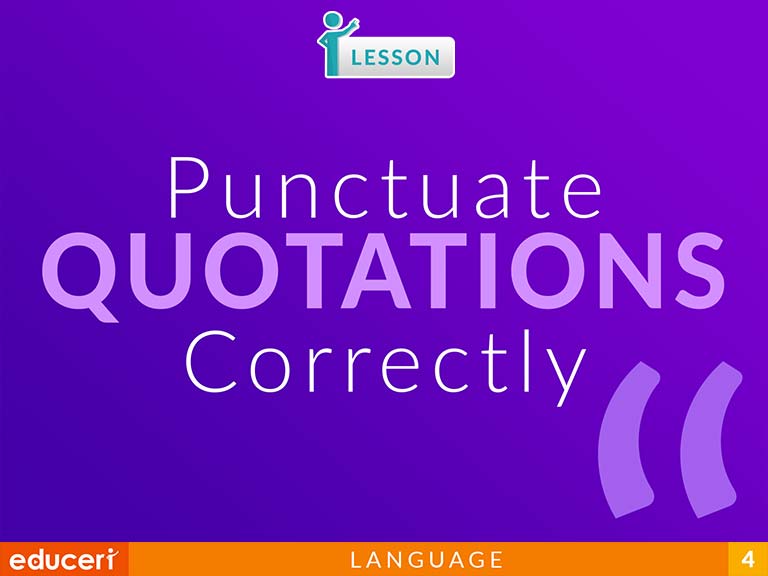
Punctuate Quotations Correctly
This language lesson teaches students how to punctuate quotations in their writing. The lesson includes research-based strategies and strategic questions that prepare students for assessments. In this lesson, students will learn how to separate signal phrases from direct quotations using commas and quotation marks. They will also learn to capitalize the first word of a direct quotation.
Share This Lesson
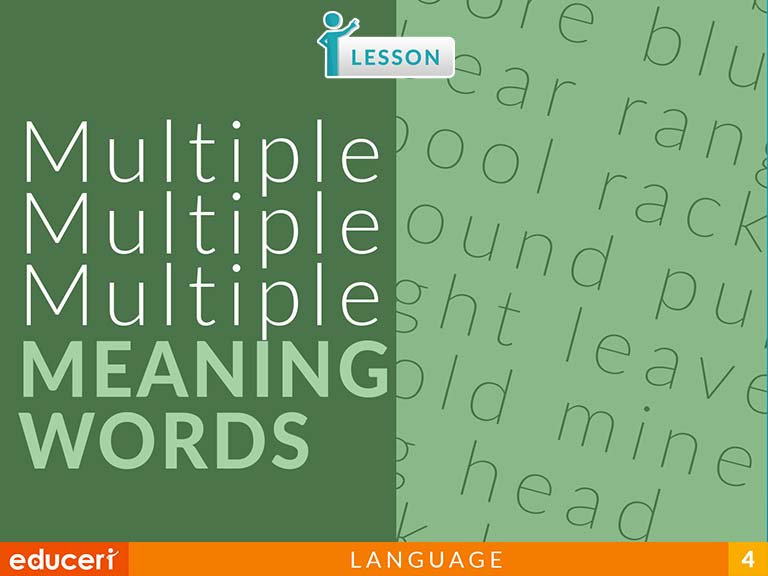
Determine the Meaning of Multiple-Meaning Words
L.4.4 Determine or clarify the meaning of unknown and multiple-meaning words and phrases based on grade 4 reading and content, choosing flexibly from a range of strategies.
L.4.4.AL.4.4.A Use context (e.g., definitions, examples, or restatements in text) as a clue to the meaning of a word or phrase.
Share This Lesson
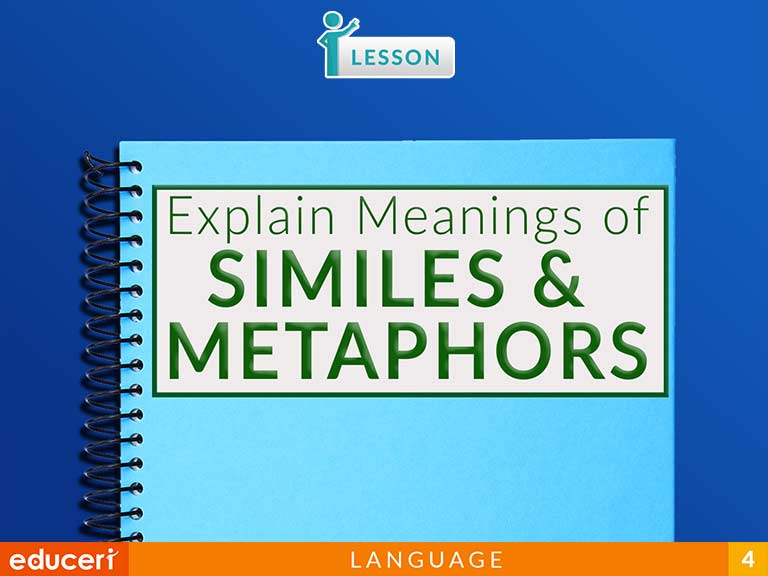
Explain the Meaning of Similes & Metaphors
This language lesson teaches students how to interpret figurative language including similes and metaphors. The lesson includes research-based strategies and strategic questions that prepare students for assessments. In this lesson, students will learn how to identify a simile or metaphor in the context of a paragraph and how to use the context of the text to explain the meaning of the figurative language.
Share This Lesson
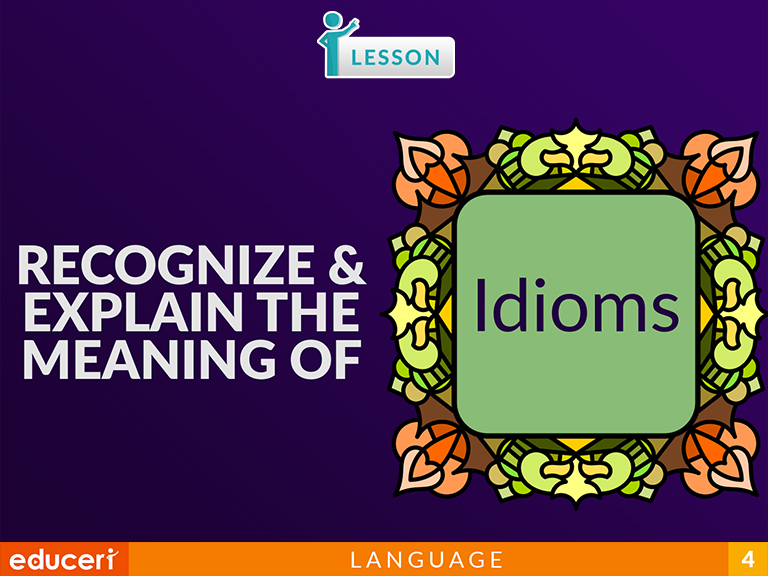
Recognize and Explain the Meaning of Idioms
This language lesson teaches students how to recognize and interpret frequently used idioms. This lesson is very impactful for English learners or ELD students. The lesson includes research-based strategies and strategic questions that prepare students for assessments. In this lesson, students look at the literal and figurative meanings of the idioms side-by-side. Then in the activity they use the context of the text to interpret the meaning of idioms.
Share This Lesson
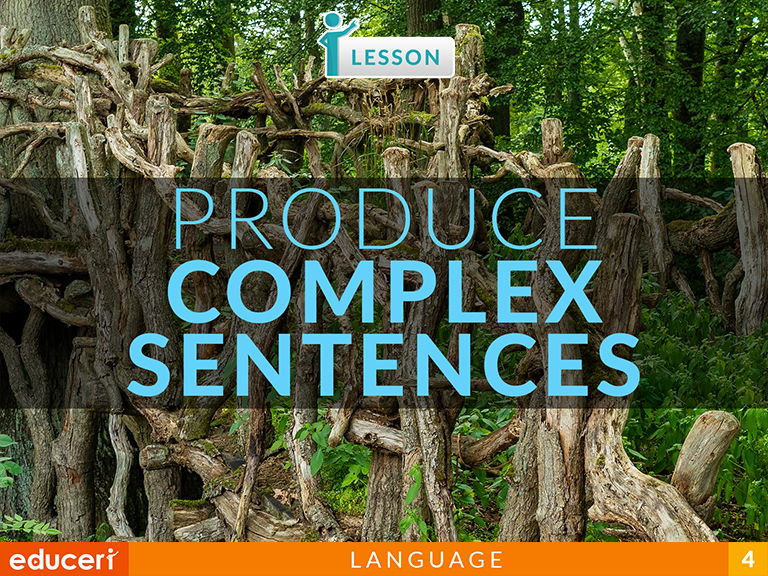
Produce Complex Sentences
This language lesson teaches students to determine the meaning of unfamiliar words by using antonyms within the text. This lesson is very impactful for English learners or ELD students. The lesson includes research-based strategies and strategic questions that prepare students for assessments. In this lesson, students will identify signal words in the sentence that indicate the opposite of a bolded word. Then, they identify the meaning of the bolded word. For example, if the students do not know the meaning of the word “hectic”, they can use the contrasting word calm to determine that “hectic” must mean not calm or very busy.
Share This Lesson
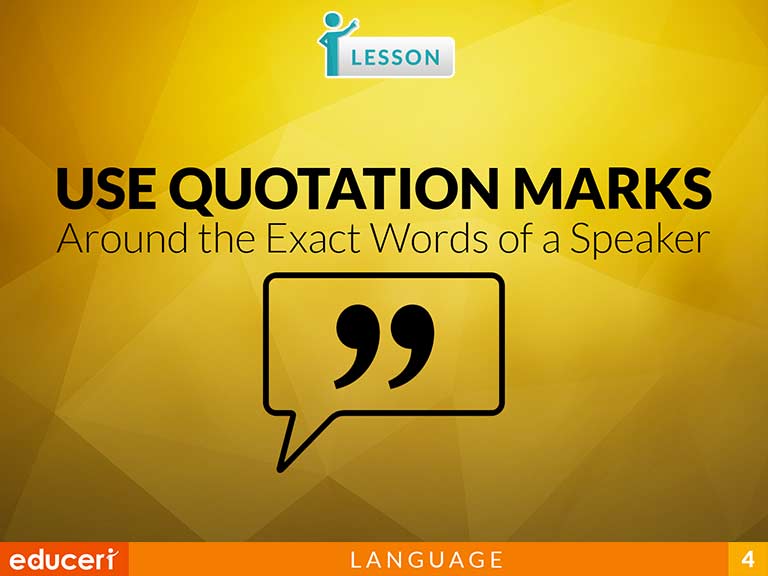
Use Quotation Marks Around the Exact Words of a Speaker
This writing conventions lesson focuses on using quotation marks around the exact words of a speaker. The lesson includes research-based strategies and strategic questions that prepare students for assessments. In this lesson, students read the sentence and identify the dialog tag. Then, they punctuate the sentence with quotation marks and read the sentence again, paying attention to the quotation marks. In addition to the lesson, there are four pages of Independent Practice and review with questions modeled after current adaptive testing items.
Share This Lesson
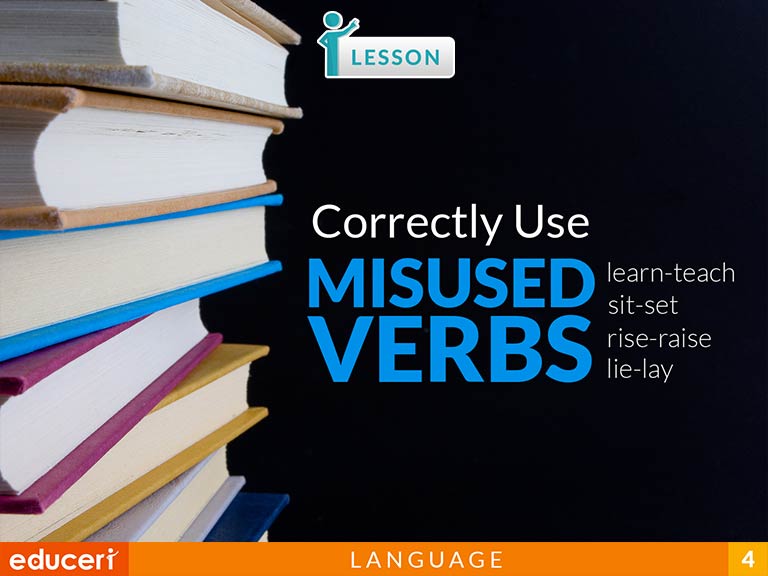
Correctly Use Misused Verbs
This writing conventions lesson focuses on correctly using commonly misused verbs, such as lie/lay, sit/set, teach/learn, and rise/raise. The lesson includes research-based strategies and strategic questions that prepare students for assessments. In this lesson, students read the sentences, noting the choice of verbs. Then, they underline who or what the verb is affecting, and thus identify the correct verb. Finally, they write a new sentence with the correct verb. In addition to the lesson, there are four pages of Independent Practice and review with questions modeled after current adaptive testing items.
Share This Lesson
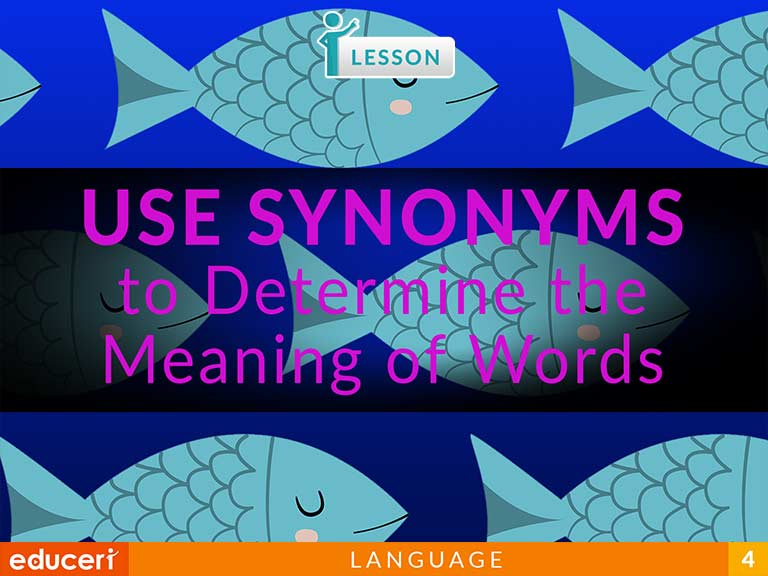
Use Synonyms to Determine the Meaning of Words
This reading vocabulary lesson focuses on applying knowledge of synonyms to determine the meaning of words. The lesson includes research-based strategies and strategic questions that prepare students for assessments. In this lesson, students use known synonyms to determine the meaning of the unknown synonym. In addition to the lesson, there are eight pages of Independent Practice and review with questions modeled after current adaptive testing items.
Share This Lesson
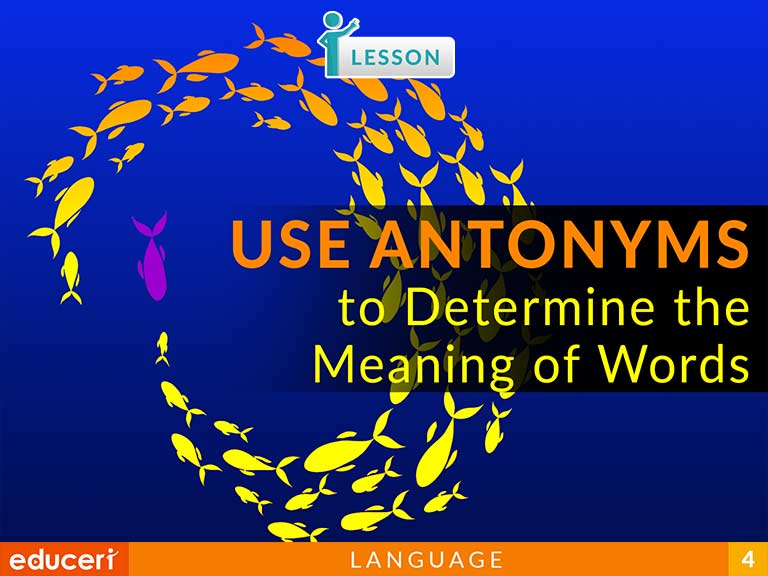
Use Antonyms to Determine the Meaning of Words
This reading vocabulary lesson focuses on applying knowledge of antonyms to determine the meaning of words. The lesson includes research-based strategies and strategic questions that prepare students for assessments. In this lesson, students use known antonyms to determine the meaning of the unknown antonym. In addition to the lesson, there are eight pages of Independent Practice and review with questions modeled after current adaptive testing items.
Share This Lesson
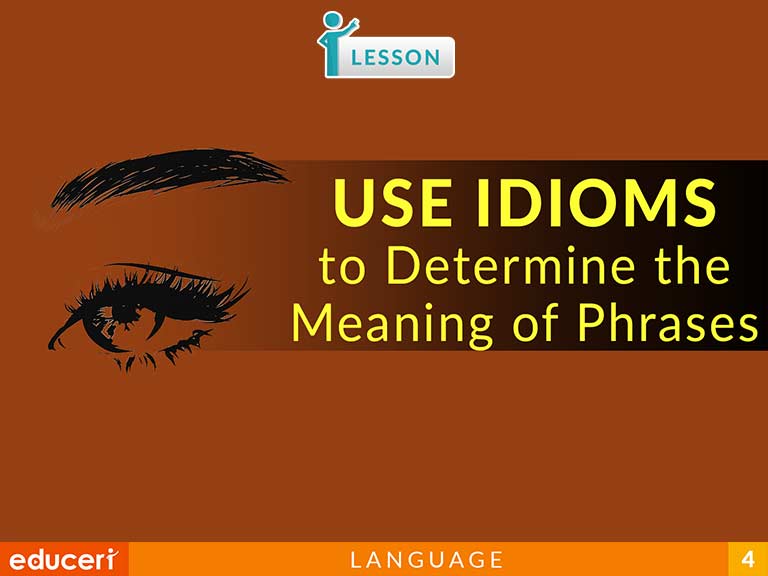
Use Idioms to Determine the Meaning of Phrases
This reading vocabulary lesson focuses on applying knowledge of idioms to determine the meaning of phrases. The lesson includes research-based strategies and strategic questions that prepare students for assessments. In addition to the lesson, there are eight pages of Independent Practice and review with questions modeled after current adaptive testing items.
Share This Lesson
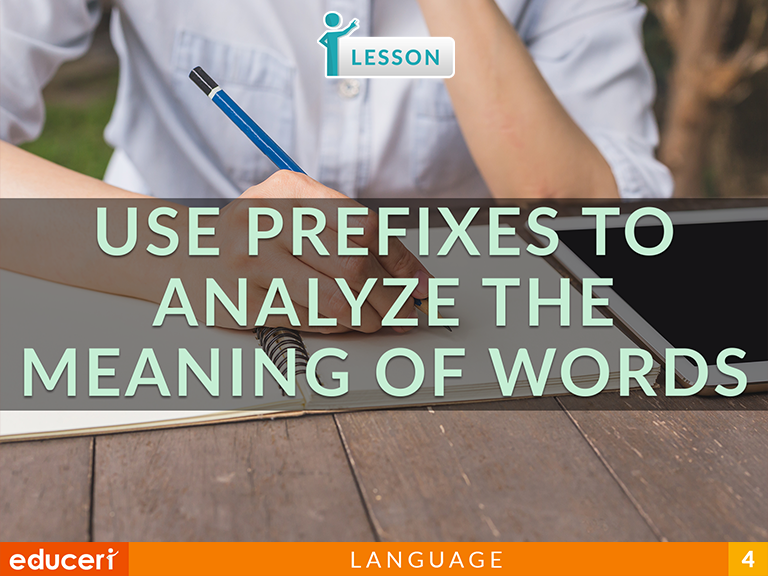
Use Prefixes to Analyze the Meaning of Words
This reading vocabulary lesson focuses on determining the meaning of prefixes. The lesson includes research-based strategies and strategic questions that prepare students for assessments. In this lesson, students determine the meaning of words by using the meaning of their prefixes and context clues for understanding. In addition to the lesson, there are four pages of Independent Practice and review with questions modeled after current adaptive testing items.
Share This Lesson

Use Suffixes to Analyze the Meaning of Words
This reading vocabulary lesson focuses on using suffixes to analyze the meaning of words. The lesson includes research-based strategies and strategic questions that prepare students for assessments. In this lesson, students determine the meaning of words by using the meaning of their suffixes for understanding. In addition to the lesson, there are four pages of Independent Practice and review with questions modeled after current adaptive testing items.
Share This Lesson
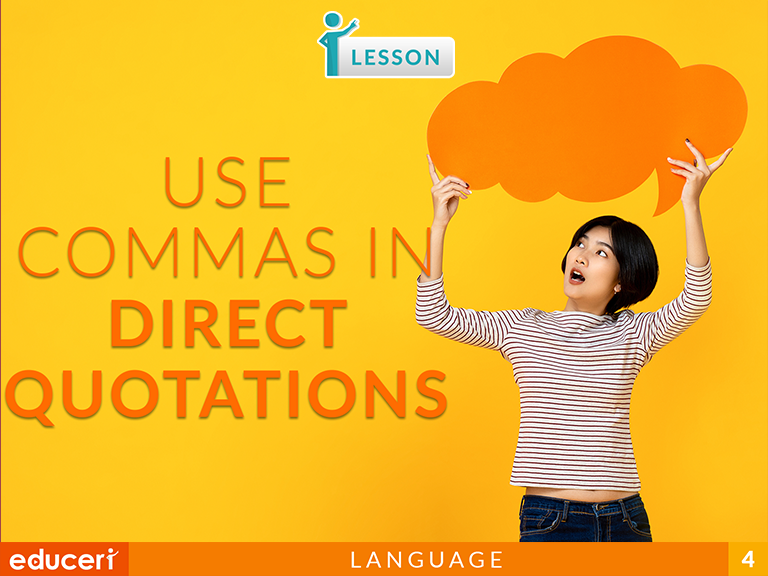
Use Commas in Direct Quotations
This writing conventions lesson focuses on using commas in direct quotations. The lesson includes research-based strategies and strategic questions that prepare students for assessments. In this lesson, students read sentences with quotation marks and identify the speaker. Then, they punctuate the sentence by adding the comma in the correct place. In addition to the lesson, there are four pages of Independent Practice and review with questions modeled after current adaptive testing items.
Share This Lesson
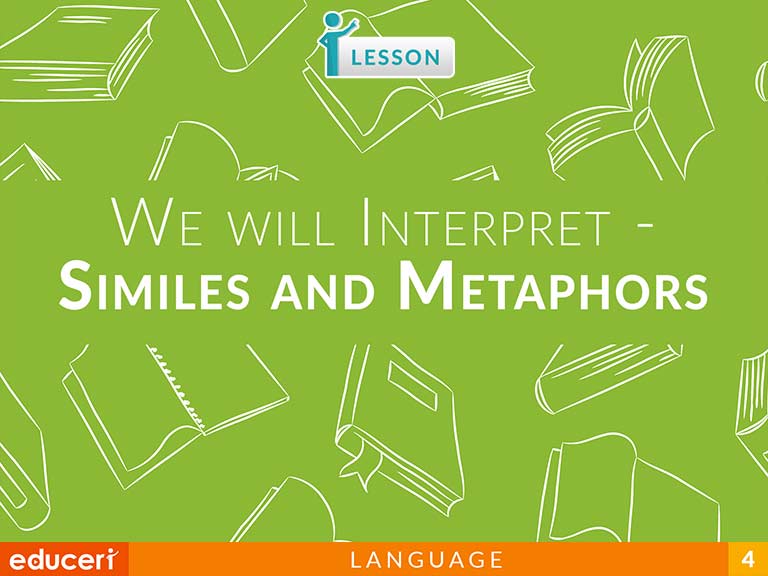
Interpret Similes and Metaphors
This literary response and analysis lesson focuses on identifying figurative language - specifically similes and metaphors. The lesson includes research-based strategies and strategic questions that prepare students for assessments. In this lesson, students identify examples of similes and metaphors in a short passage and explain the meaning. In addition to the lesson, there are four pages of Independent Practice and review with questions modeled after current adaptive testing items.
Share This Lesson
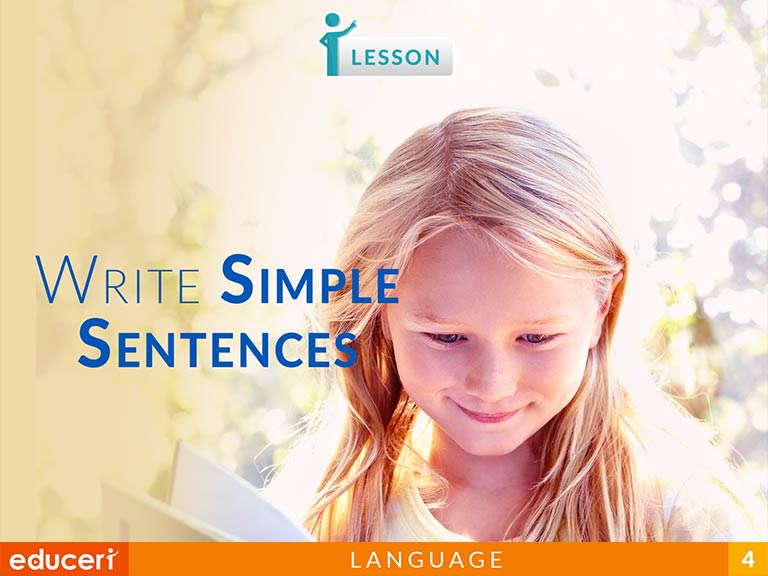
Use Simple Sentences
This writing conventions lesson focuses on using simple sentences. The lesson includes research-based strategies and strategic questions that prepare students for assessments. In this lesson, students select a subject and a verb from the word bank and write a simple sentence. In addition to the lesson, there are four pages of Independent Practice and review with questions modeled after current adaptive testing items.
Share This Lesson
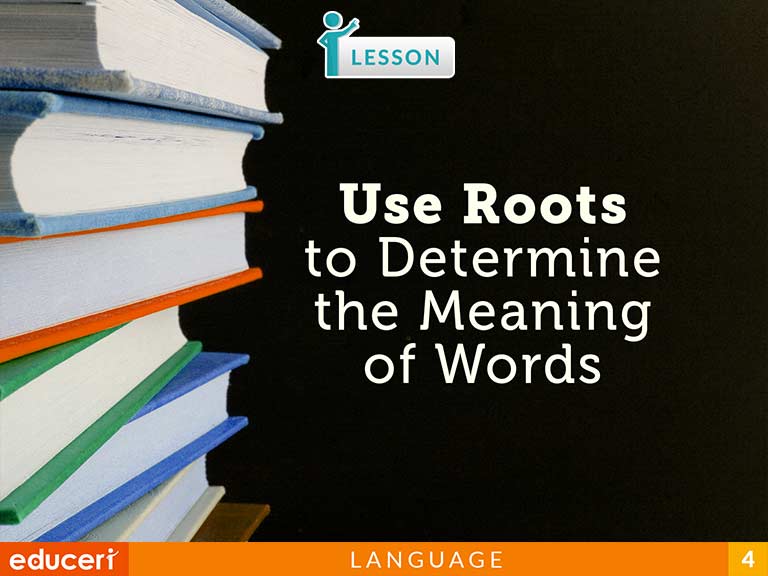
Use Roots to Determine the Meaning of Words
This reading vocabulary lesson focuses on using roots to analyze the meaning of words. The lesson includes research-based strategies and strategic questions that prepare students for assessments. In this lesson, students identify the root in a word and determine the root meaning from a table. Then, they use the meaning of the root to select the best meaning of the original word. In addition to the lesson, there are four pages of Independent Practice and review with questions modeled after current adaptive testing items.
Share This Lesson
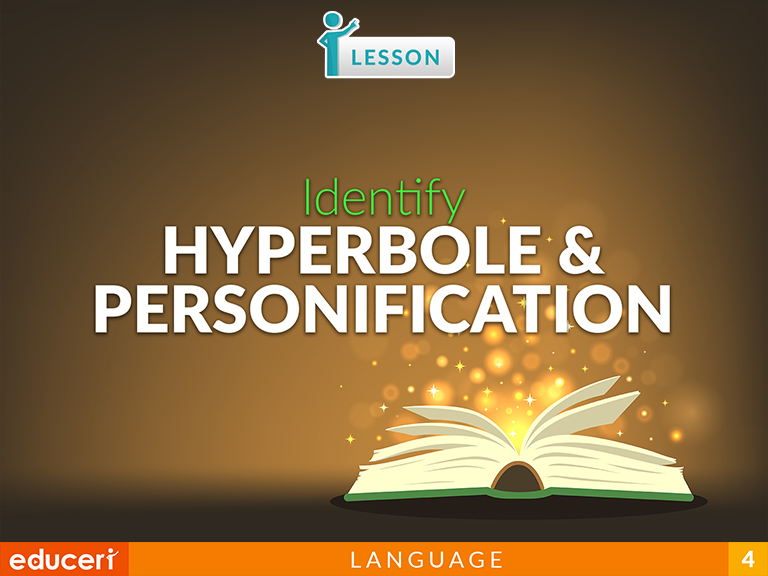
Identify Hyperbole & Personification
This literary response and analysis lesson focuses on identifying figurative language - hyperbole and personification. The lesson includes research-based strategies and strategic questions that prepare students for assessments. In this lesson, students identify examples of hyperbole or personification in a short passage and explain the meaning. In addition to the lesson, there are four pages of Independent Practice and review with questions modeled after current adaptive testing items.